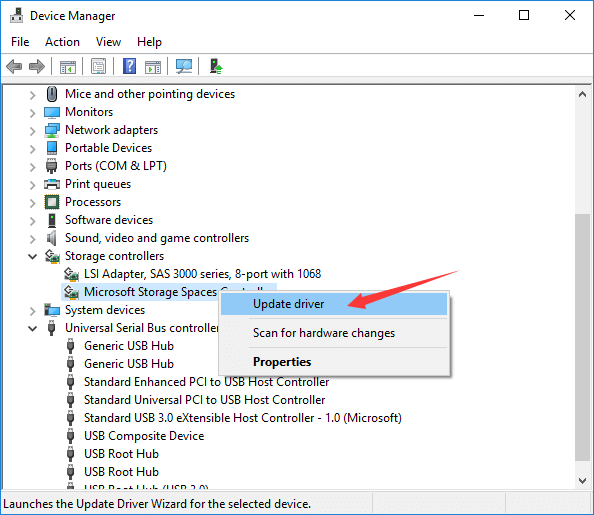

You might want to read: How to Reformat External Hard Drive on Windows and Mac METHOD 3 = Update Firmware of External Hard Drive Hit the Enter button!ĭo not forget to assign a new drive letter to the newly created partition. STEP 7 = Execute another command line by typing format fs=ntfs (or type exfat if that’s the format of the file system). STEP 6 = Additionally, type create partition primary and hit the Enter button again! STEP 5 = Now simply type clean and hit the Enter button to initiate the process of cleaning up all the data on the selected hard disk.

STEP 4 = Now locate the hard drive showing the wrong free space on Windows 10 and type the command line: select disk 1 (where 1 is the external drive which you would like to format.) Simply type – – list disk and hit the Enter button.Įxecuting this command line will ensure that all the disk drives will be listed in a proper manner, including the external drives connected to your PC. STEP 3 = As soon as the Diskpart pop-up appears on the screen, you need to execute another command line. STEP 2 = Type diskpart and hit the Enter button. STEP 1 = Launch CMD utility on your PC and make sure you run it as administrator. So, make sure you’ve backed up critical files beforehand! The best thing about WinDirStat is that it also comes as a portable tool so I can run it without installing.IMPORTANT: If you are considering this method then please note that all your stored files/folders will be deleted. For this, I selected WinDirStat which is a wonderful tool for visualizing the spaced occupied by files and folders in any drive or folder. I decided to use a third party tool to see where my space was going visually. I ran Disk Cleanup but it was of no use as it didn’t suggest much space could be recovered. This was showing different size from the drive properties. So I decided to dig deeper and enabled the view of all system files and hidden files in C drive, selected all files and opened their properties. When I opened C drive properties by right clicking the C drive and going to Properties, I saw that the space used was more than what I was expecting. Actually I wanted to shrink the size of my system drive (C drive) because I had moved all my documents including C:Users to D drive so that if something happens to the Operating System, my data remains safe all the time. This problem was weird and I had never encountered such a problem before. This article explains how I fixed this problem. A few days back I encountered a problem when Windows Explorer was showing wrong or incorrect disk space usage in the drive properties. Windows Explorer’s look and feel has remained the same for quite sometime but that changed when the ribbon interface was added to Explorer. Although there are so many alternatives, Windows Explorer remains my favorite Hard Drive browser.


 0 kommentar(er)
0 kommentar(er)
